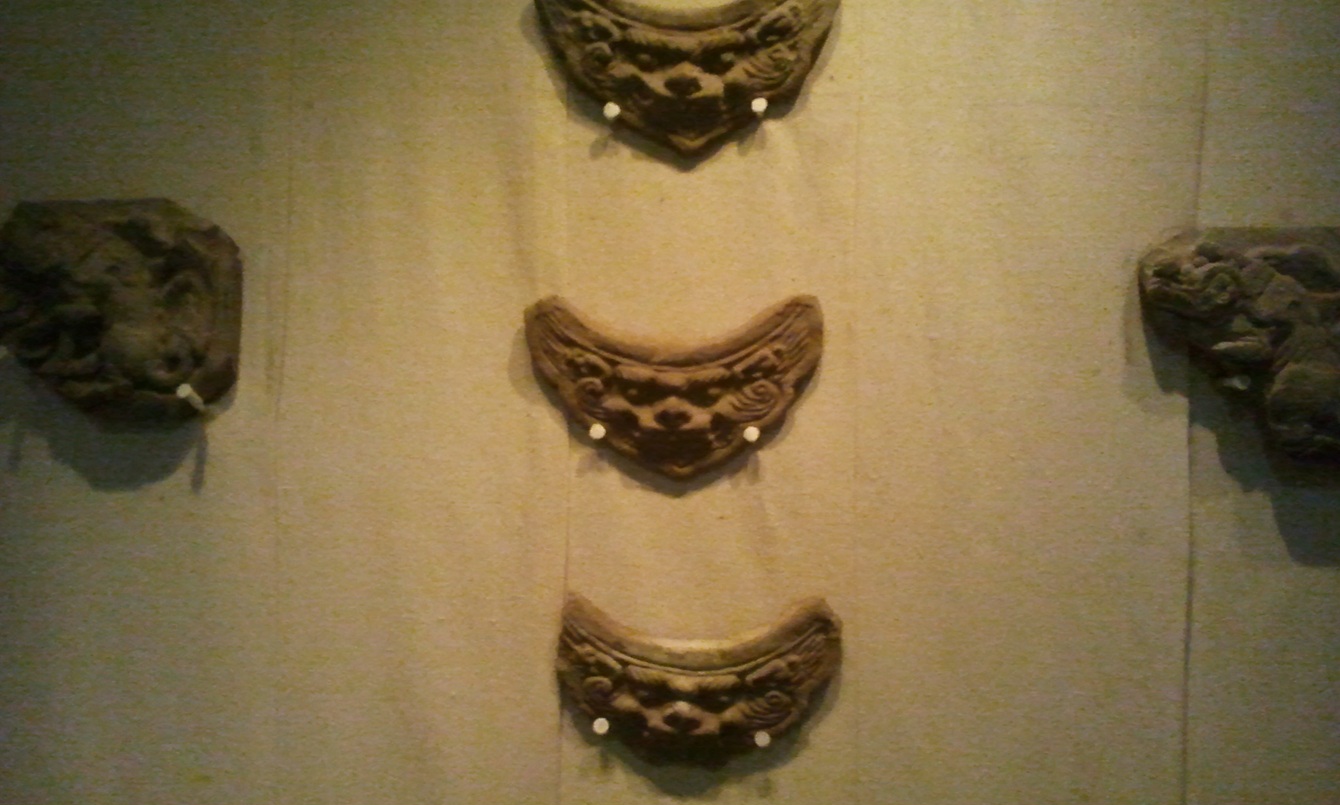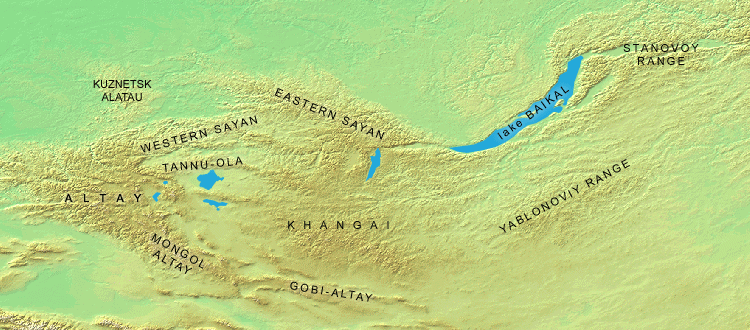|
Misheel Botanical Garden
The Misheel Botanical Garden () is a botanical garden in Khan Uul District, Ulaanbaatar, Mongolia. History The plan to establish the garden started in 2019 between Misheel Group and Ulaanbaatar City Council. It was established in 2021, at a cost of MNT2.1 billion. Geography The garden spans over an area of 11 hectares. It is located at the bank of Tuul River. Architecture The garden features an observation view over the Tuul River. See also * Geography of Mongolia Mongolia is a landlocked country in East Asia, located between China and Russia. The terrain is one of mountains and rolling plateaus, with a high degree of relief. The total land area of Mongolia is 1,564,116 square kilometres. Overall, the lan ... References External links * 2021 establishments in Mongolia Botanical gardens Geography of Mongolia Khan Uul {{Mongolia-geo-stub ... [...More Info...] [...Related Items...] OR: [Wikipedia] [Google] [Baidu] |
Botanical Garden
A botanical garden or botanic gardenThe terms ''botanic'' and ''botanical'' and ''garden'' or ''gardens'' are used more-or-less interchangeably, although the word ''botanic'' is generally reserved for the earlier, more traditional gardens. is a garden with a documented collection of living plants for the purpose of scientific research, conservation, display, and education. It is their mandate as a botanical garden that plants are labelled with their botanical names. It may contain specialist plant collections such as cactus, cacti and other succulent plants, herb gardens, plants from particular parts of the world, and so on; there may be greenhouse, glasshouses or shadehouses, again with special collections such as tropical plants, alpine plants, or other exotic plants that are not native to that region. Most are at least partly open to the public, and may offer guided tours, public programming such as workshops, courses, educational displays, art exhibitions, book rooms, op ... [...More Info...] [...Related Items...] OR: [Wikipedia] [Google] [Baidu] |
Khan Uul
Khan Uul ( ; ) is one of nine districts of Ulaanbaatar. It is subdivided into 14 subdistricts. This district is located in the south, at the foot of one of the four hills of Ulaanbaatar—the Bogd Khan Uul. Tourist attractions * AIC Steppe Arena * Art Space 976+ * Bogd Khaan Memorial Garden * Buyant Ukhaa Sport Palace * G-Mobile Arena * Green Palace (Winter Palace of the Bogd Khan The Winter Palace of the Bogd Khan, or the Bogd Khan Palace Museum, is a museum complex located in Ulaanbaatar, Mongolia. It was part of larger complex called the "Green Palace", an imperial residence of the eighth Jebtsundamba Khutughtu, who was ...) * Khan-Uul Stadium * Misheel Botanical Garden * National Sports Stadium * Zaisan Memorial Transportation * Yarmag Bridge * Zaisan Bridge References External links Official site (Mongolian) {{Mongolia-geo-stub ... [...More Info...] [...Related Items...] OR: [Wikipedia] [Google] [Baidu] |
Ulaanbaatar
Ulaanbaatar is the Capital (political), capital and List of cities in Mongolia, most populous city of Mongolia. It has a population of 1.6 million, and it is the coldest capital city in the world by average yearly temperature. The municipality is located in north central Mongolia at an elevation of about in a valley on the Tuul River. The city was founded in 1639 as a nomadic Buddhist monasticism, Buddhist monastic centre, changing location 29 times, and was permanently settled at its modern location in 1778. During its early years, as Örgöö (anglicized as Urga), it became Mongolia under Qing rule, Mongolia's preeminent religious centre and seat of the Jebtsundamba Khutuktu, the spiritual head of the Gelug lineage of Tibetan Buddhism in Mongolia. Following the regulation of Kyakhta trade, Qing-Russian trade by the Treaty of Kyakhta (1727), Treaty of Kyakhta in 1727, a caravan route between Beijing and Kyakhta opened up, along which the city was eventually settled. With ... [...More Info...] [...Related Items...] OR: [Wikipedia] [Google] [Baidu] |
Bank (geography)
In geography, a bank is the land alongside a body of water. Different structures are referred to as ''banks'' in different fields of geography. In limnology (the study of inland waters), a stream bank or river bank is the terrain alongside the Stream bed, bed of a river, creek, or stream. The bank consists of the sides of the channel (geography), channel, between which the streamflow, flow is confined. Stream banks are of particular interest in fluvial geography, which studies the processes associated with rivers and streams and the Deposition (geology), deposits and landforms created by them. Bankfull discharge is a Discharge (hydrology), discharge great enough to fill the channel and overtop the banks. The descriptive terms ''left bank'' and ''right bank'' refer to the perspective of an observer looking current (stream), downstream; a well-known example of this being the southern Rive Gauche, left bank and the northern Rive Droite, right bank of the river Seine definin ... [...More Info...] [...Related Items...] OR: [Wikipedia] [Google] [Baidu] |
Tuul River
The Tuul River or Tula River (; , , ; in older sources also Tola) is a river in central and northern Mongolia. Sacred to the Mongols, the Tuul is generally called the Hatan Tuul (, ; "Queen Tuul"). It is long and drains an area of . The ''Secret History of the Mongols'' (1240 AD) frequently mentions a "Black Forest of the Tuul River" where the palace of Ong Khan was located. The river originates in the Khan Khentii Strictly Protected Area in the Khentii Mountains, in the Erdene sum of Töv aimag. From there, it travels southwest until it reaches the territory of Ulaanbaatar. Its water runs through the southern part of the capital city of Mongolia, continuing in a western direction in large loops. When it meets the border of Bulgan aimag it turns north, running along that border. After it enters Selenge aimag, it discharges into the Orkhon River near the sum center of Orkhontuul sum. The Orkhon flows into the Selenge River, which flows into Russia and Lake Baikal. The ... [...More Info...] [...Related Items...] OR: [Wikipedia] [Google] [Baidu] |
Geography Of Mongolia
Mongolia is a landlocked country in East Asia, located between China and Russia. The terrain is one of mountains and rolling plateaus, with a high degree of relief. The total land area of Mongolia is 1,564,116 square kilometres. Overall, the land slopes from the high Altai Mountains of the west and the north to plains and depressions in the east and the south. The Khüiten Peak in extreme western Mongolia on the Chinese border is the highest point (). The lowest point is at , is the Hoh Nuur or lake Huh. The country has an average elevation of . The landscape includes one of Asia's largest freshwater lakes ( Lake Khövsgöl), many salt lakes, marshes, sand dunes, rolling grasslands, alpine forests, and permanent mountain glaciers. Northern and western Mongolia are seismically active zones, with frequent earthquakes and many hot springs and extinct volcanoes. The nation's closest point to any ocean is approximately from the country's easternmost tip, bordering North China to J ... [...More Info...] [...Related Items...] OR: [Wikipedia] [Google] [Baidu] |
2021 Establishments In Mongolia
1 (one, unit, unity) is a number, numeral, and glyph. It is the first and smallest positive integer of the infinite sequence of natural numbers. This fundamental property has led to its unique uses in other fields, ranging from science to sports, where it commonly denotes the first, leading, or top thing in a group. 1 is the unit of counting or measurement, a determiner for singular nouns, and a gender-neutral pronoun. Historically, the representation of 1 evolved from ancient Sumerian and Babylonian symbols to the modern Arabic numeral. In mathematics, 1 is the multiplicative identity, meaning that any number multiplied by 1 equals the same number. 1 is by convention not considered a prime number. In digital technology, 1 represents the "on" state in binary code, the foundation of computing. Philosophically, 1 symbolizes the ultimate reality or source of existence in various traditions. In mathematics The number 1 is the first natural number after 0. Each natural number, ... [...More Info...] [...Related Items...] OR: [Wikipedia] [Google] [Baidu] |
Botanical Gardens
A botanical garden or botanic gardenThe terms ''botanic'' and ''botanical'' and ''garden'' or ''gardens'' are used more-or-less interchangeably, although the word ''botanic'' is generally reserved for the earlier, more traditional gardens. is a garden with a documented collection of living plants for the purpose of scientific research, conservation, display, and education. It is their mandate as a botanical garden that plants are labelled with their botanical names. It may contain specialist plant collections such as cacti and other succulent plants, herb gardens, plants from particular parts of the world, and so on; there may be glasshouses or shadehouses, again with special collections such as tropical plants, alpine plants, or other exotic plants that are not native to that region. Most are at least partly open to the public, and may offer guided tours, public programming such as workshops, courses, educational displays, art exhibitions, book rooms, open-air theatric ... [...More Info...] [...Related Items...] OR: [Wikipedia] [Google] [Baidu] |



